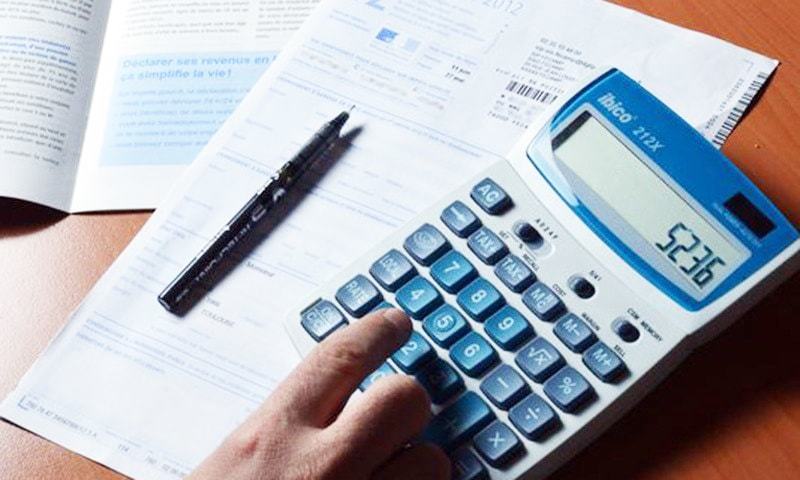
Services tax revenue has grown rapidly since the levy was transferred to the provinces in 2010-11 after the passage of the 18th Amendment to the constitution. It has risen from Rs3 billion in 2009-10 to over Rs84 billion in 2016-17.
Nevertheless, an independent financial institution has recently estimated that Punjab has the potential to collect Rs150 billion as GST on services since the sector contributes more than 55% to the province’s economic output.
Punjab slaps sales tax on internet services
The current yield of the services tax is approximately 0.37% of Punjab’s GRP (gross regional product). Despite Punjab’s reasonable performance in collection of services tax, a number of issues are hampering realisation of the true potential of this tax.
“The services sector is mostly undocumented and tax evasion is relatively easy. Besides, since Islamabad has levied withholding or advance tax on most services, the duplication of taxes has slowed down growth of provincial sales tax on services,” a senior finance department official said.
Moreover, Sindh is collecting sales tax on services from import-related services due to its location advantage as it believes in the principle of origin for collection of sales tax on services. Further, the issues of input/output adjustment between the federal government and Punjab need to be resolved as the existing arrangement is not compensating Punjab for input adjustments of sales tax on goods and is causing loss of revenue to the province, he added.
Economic experts insist that Punjab needs to boost its tax collection and effectively use its financial resources to push growth and create jobs for one million people entering the labour market every year. At present, almost 60% of Punjab’s total financial resources come from its share in the federal divisible tax pool transfers under the National Finance Commission Award.
Borrowings account for 20% of the total provincial resource envelope and provincial tax collection amounts to 11%. Non-tax resources contribute less than 10% of the provincial revenues.
Experts and officials agree that the tax gap may be reduced by refining tax on services law and eliminating exemptions for certain services in taxable sectors (especially in telecommunications, personal services and restaurants) and reducing the overall tax rate; moving to a negative list of services to expand the net; and improving tax administration and tax payment facilitation.
Punjab proposes removal of luxury tax on imported vehicles
At operational level, it is important to build the capacity of PRA to broaden its tax net. Currently, the total registered and active taxpayers are less than 15,000 with major concentration in 5-6 major cities. During recent years, there has been some progress in this regard, wherein PRA conducted a province-wide survey of services for identification of over 20,000 new potential taxpayers providing 58 services in 22 districts.
PRA officials say this initiative is part of the on-going public financial management (PFM) and governance reforms in Punjab, which are supported by the UK Department for International Development (DFID) under its Sub-National Governance (SNG) Reform Programme.
“No effort in the past to list new taxpayers has ever shown such success. The survey is unique in the sense that it provides every detail about the businesses, their location and their owners,” said Punjab’s finance secretary Hamed Yaqoob.
“We are following up on the survey findings and issued notices to close to potential taxpayers”, said PRA Chairman Raheal Siddiqui. Initial estimates show the newly identified taxpayers have a potential of chipping in around Rs1.6 billion to the annual PRA collection, however, the additional collection could be much higher than the initial estimates, Siddiqui added.
Published in The Express Tribune, September 22nd, 2017.
Like Business on Facebook, follow @TribuneBiz on Twitter to stay informed and join in the conversation.


























1713853507-0/MalalaHilary-(2)1713853507-0-270x192.webp)








COMMENTS
Comments are moderated and generally will be posted if they are on-topic and not abusive.
For more information, please see our Comments FAQ